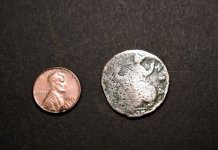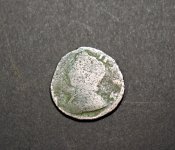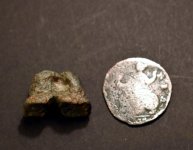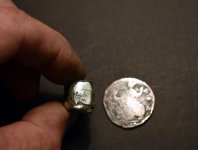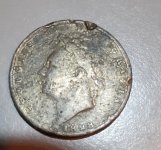- May 17, 2019
- 274
- 1,493
- Detector(s) used
- Minelab Equinox 900
Minelab CTX 3030
- Primary Interest:
- All Treasure Hunting
This morning, found a clearing near a failing old pond. Pretty dried out. Lot of iron signals then buttons started showing up. Parts of a small buckle, cast pewter button and unusual chunk of lead. Then a coin! It's a 1738 British King George II Farthing. But this one is Silver. Cleaned an edge and bright shining Silver. I did not know they could be Silver. All the ones I see are copper. Then I found this: https://www.numisbids.com/n.php?p=lot&sid=345&lot=2681 The bust is a perfect match, lettering is a match. Anyone else come across one of these?
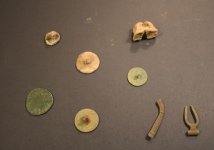

Upvote
23



